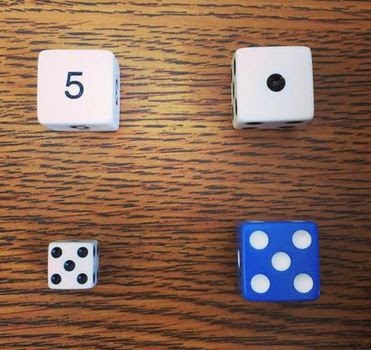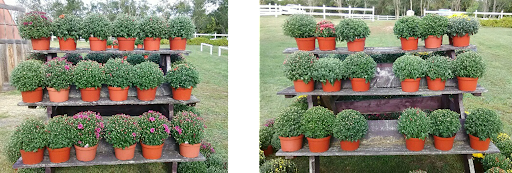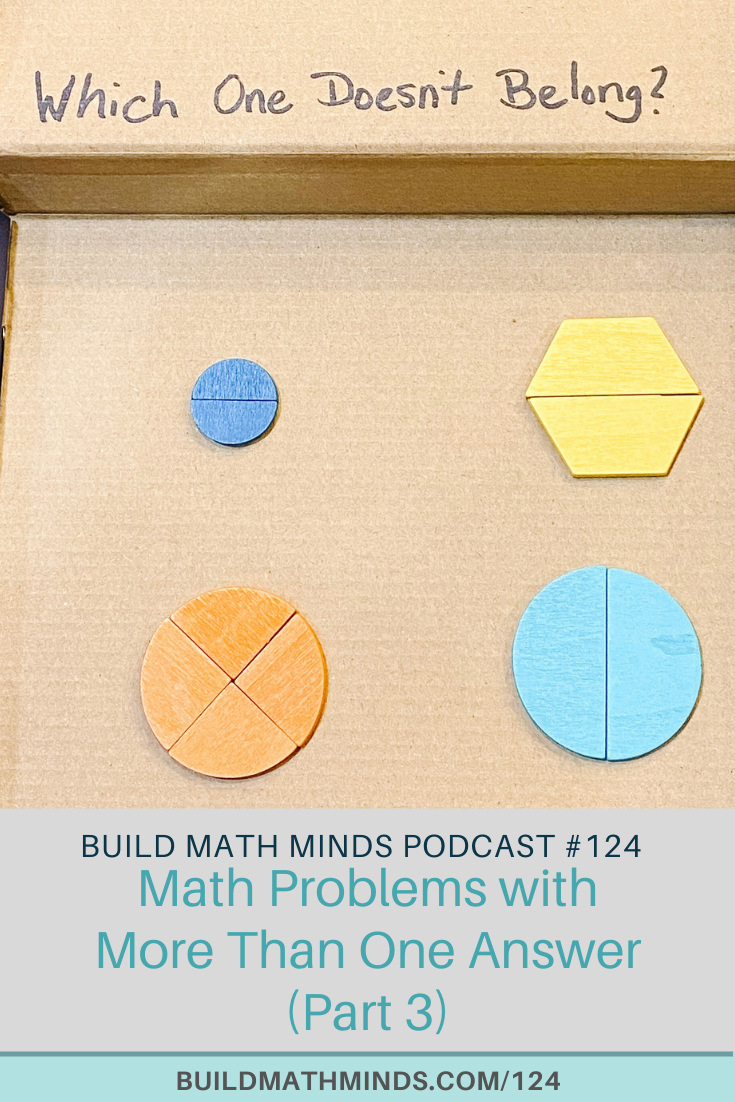Resources mentioned in this episode:
Episode 121: Math Problems With More Than One Answer (Part 1)
Episode 123: Math Problems With More Than One Answer (Part 2)
Standards for Mathematical Practice
Mike Flynn’s Mini Course on the Standards of Mathematical Practice (for BMM members)
Become a member of the Build Math Minds PD site
Which One Doesn’t Belong? book by Christopher Danielson
Which One Doesn’t Belong website
Would You Rather Math website
Same But Different Math website
Sue Looney’s Virtual Math Summit Session about Same But Different Math (for BMM members)
Welcome fellow Recovering Traditionalists to Episode 124. Today I’d like to talk about Math Problems With More Than One Answer (Part 3).
Before I jump into this week’s episode, in case you haven’t heard the annual Build Math Minds Virtual Math Summit is moving to February for 2022. The first five years of the online conference I always hosted it during the summer, but for 2022 we are moving it. So mark your calendars for February 26th and 27th, 2022. The full schedule is posted on the site, just click on the Schedule link at the top of the page and you can see all the presenters, the titles and the descriptions of all their sessions.
I’ll post the link to that and all the other resources I mention in this episode over on the show notes page which is always buildmathminds.com / whatever episode number we are on. So today’s is buildmathminds.com/124 because we are on episode 124.
This is part 3 of a series I’ve been doing about the impact of using math problems with more than one answer. If you missed the others, they were episode 121 and 123.
One of the reasons I love using math problems with more than one answer is that they give us an opportunity to allow students to work on Math Practice Standard #3: Construct viable arguments and critique the reasoning of others.
If you aren’t familiar with the Standards for Mathematical Practice, they are NOT your content standards. They are standards for how students should be engaging and interacting with the mathematics as they work to become proficient on the content standards. I’ll put a link to them over at buildmathminds.com/124 and for those of you who are listening who are members of the Build Math Minds PD site, Mike Flynn did a mini course about the Standards of Mathematical Practice that I’ll also link up.
For our purposes today, let’s look at part of Math Practice #3:
“[Mathematically proficient students] justify their conclusions, communicate them to others, and respond to the arguments of others. They reason inductively about data, making plausible arguments that take into account the context from which the data arose. Mathematically proficient students are also able to compare the effectiveness of two plausible arguments, distinguish correct logic or reasoning from that which is flawed, and—if there is a flaw in an argument—explain what it is….Students at all grades can listen or read the arguments of others, decide whether they make sense, and ask useful questions to clarify or improve the arguments.”
This is hard to incorporate into your classroom if the focus is constantly on getting the one correct answer. There isn’t much to construct an argument about or ways to critique the reasoning of others. But when you use problems that have more than one answer, it gives lots of opportunity for students to engage with math using Practice Standard #3.
There are three particular types of problems that I’d like to share with you on this episode and if you have another one, please come share it over at buildmathminds.com/124 or post about it on social media and tag me (@BuildMathMinds).
WODB: Which One Doesn’t Belong
Which One Doesn’t Belong started by Christopher Danielson posting a few online. Then he crafted a book and teacher guide and it became so popular that a website was created where lots of people share their creations.
If you haven’t ever seen a WODB image, there is no right answer. Typically, each thing inside the image doesn’t belong for one reason or another. I’ll try to explain one but come over to buildmathminds.com/124 to see it:

It has 4 dice. A white die that is normal sized with the digit 5. A white die that is normal sized with one dot. A smaller sized white die with 5 dots and a normal sized blue die with 5 dots. You post the picture up for the kids and ask them to come up with Which One Doesn’t Belong and why it doesn’t belong. The point of the activity is to construct a viable argument for why they think their choice doesn’t belong. It isn’t about figuring out the ONE that doesn’t belong, because they all don’t belong in some way. You can also use WODB tasks to help kids learn how to critique the reasoning of others when they don’t agree with someone else’s ideas for which one doesn’t belong.
Would You Rather Math
Would you rather questions have been around for a while, so why not use them for math? John Stevens started curating math related ones over at the website wouldyourathermath.com. He has them categorized by grade level. One that I found in the K-2 asks: “Would you rather have 8 quarters or 2 $1 bills?”
Now instantly we, as adults, think it doesn’t matter, they are the same. But it gives you an opportunity to discuss that with the kids and remember it isn’t about their answer, it’s about them constructing arguments and critiquing the reasoning of others. So even though they are the same monetary amount, kids have different reasons for why they might want the quarters versus the dollar bills or vice versa.
Make sure you check out the User Guide and sample sheet on the website, because there is a PDF you can download to help kids share their thinking.
Same But Different Math
Our last example of math problems with more than one answer that allow space for kids to work on Practice Standard #3 is Same but Different Math. Sue Looney did a session at a past Virtual Math Summit about how to use Same But Different Math in your classroom. Members of the Build Math Minds PD site have access to all the past Virtual Math Summit sessions, so I’ll link up her session for those of you who are members.
Sue’s website has lots of examples categorized by different math concepts. So you can work on building a specific math concept while also letting kids engage in Math Practice #3. Here’s an image I got from the Multiplication/Division section (remember I’ll post it over at buildmathminds.com/124 if you want to see the image):

The image shows two images that are the same, but different. The image on the left has three rows of plants with 6 plants in each row. The image on the right has those same plants in the three rows, but they have been moved so that you now see two groups of 3 in each row.
Again a reminder that even though this image does have one right answer (there are 18 plants in the image), the activity isn’t about focusing on that answer by asking kids how many. The focus should be about how one image is the same yet different from the other. This allows kids to work on constructing their arguments.
So as we draw this series to an end, a reminder that there are times when there is one right answer to a math problem and the focus is on getting that one answer. However, we also need to be incorporating math problems that have more than one answer to allow kids opportunities to build the Standards of Mathematical Practice, to think outside the box, build their curiosity, understand that math should make sense, and give kids opportunities to see that they all can contribute during math time.
I hope that this has helped you build your math mind, so you can build the math minds of your students.
I hope that this has helped you build your math mind, so you can build the math minds of your students. If you like what you have been hearing there are a few ways I would love for you to let me know. The first way is to subscribe to the podcast. If you are listening in iTunes make sure to hit that subscribe button. Also in iTunes I would love for you to leave a review and let me know if you are enjoying the podcast which types of episodes are your favorite. Really just anything to get me feedback about the show and lastly if you are on Instagram or Twitter I would love for you to share when you listen to an episode that you love. Make sure you tag me @buildmathminds and all of those are the ways to let me know that there are actually people out there listening. Thank you so much for letting me be a small part of your math journey




